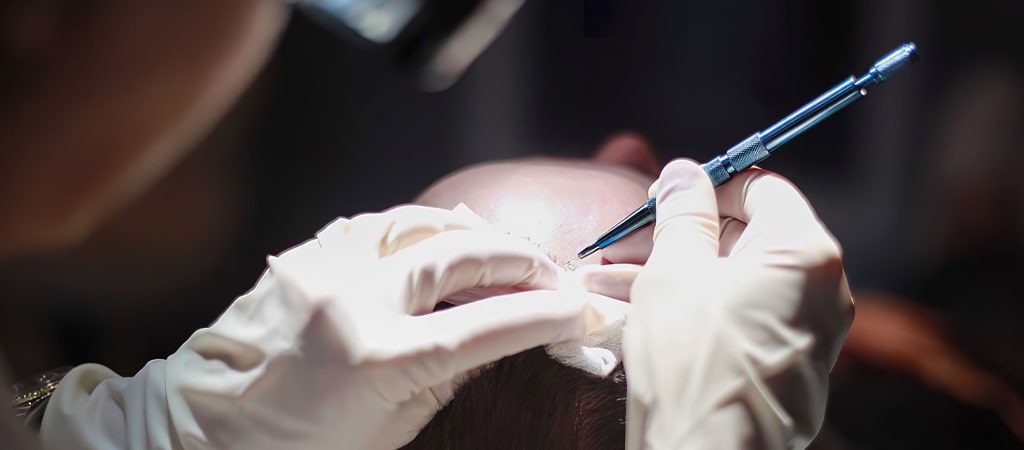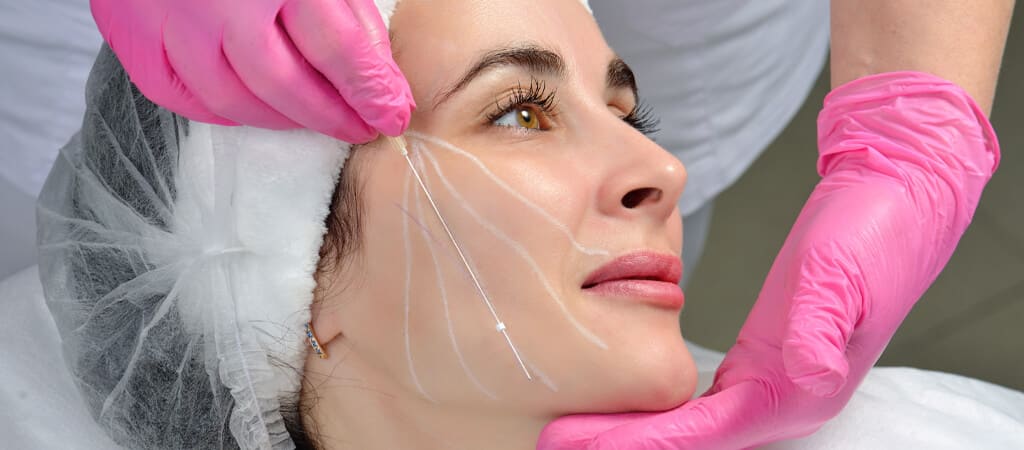What is a Hair Transplant for Women?

Hair transplantation for women is generally applied for hair loss caused by genetic structure, changes in metabolism after pregnancy and breastfeeding.
Hair transplants can be beneficial in these cases by eliminating the issue of thinning hair and hair loss. In addition to hair transplantation, which is generally known as a treatment method for men, eyebrow transplantation is also a suitable treatment method for women.
The problem of hair loss and baldness in women is observed where the forehead line is shifted backwards or has the same similarities to baldness in men. in the form of a backward shift of the forehead line or male pattern baldness.

What Are The Causes Of Hair Loss?
- Some of the causes of hair loss in women are listed as follows;
- Hormonal irregularities after pregnancy and breastfeeding
- Stress
- Frequent use of hair dyes
- Excessive use of medication
- Excessive heat damage
- Malnutrition
- Birth control medications
- Improper use of cosmetics
- Menopause
- Polycystic ovary syndrome
- Vitamin deficiencies and nutritional disorders
- Chemotherapeutic treatments for the treatment of cancer
- Seasonal hair loss
- Ringworms
- Congenital hair thinning
- Trauma after facelift
- Burns
- Surgical incisions on the scalp
How Is A Hair Transplant Performed For Women?
Prior to performing a hair transplant, the cause of the hair loss should be determined After establishing the causes of hair loss, the planning process for the procedure can begin. The advantages and disadvantages of hair transplantation techniques (DHI, FUE) are discussed in detail with the practitioner and the suitable method for the patient is decided. A series of tests like hepatitis B/C will be required for precautionary purposes before the procedure.
Local anesthesia is applied so the patient does not feel any pain during the procedure.
Hair follicles, known as grafts, are taken from the donor area, then separated and transplanted one by one for a more natural appearance. If the FUE method is used, channels are opened with a micro-motor in the area to be transplanted. In the DHI method, channel opening and hair transplantation are performed simultaneously with a Choi pen. The channel stage is an important stage in terms of less tissue damage, canal directions and permanent hair follicles. A hair transplant procedure is usually completed in one session. The duration of the procedure can be between 6-8 hours, depending on the size of the area to be transplanted.
Recovery Process After Hair Transplant
The first wash after the procedure is done on the fourth day. And the removal of scabs in Scabbing will also occur, scab removal is performed 10 days after transplantation. This step can be done by the patient themselves or in a clinical environment. Shock shedding will then take place within 1-2 months, after this phase, stronger and permanent hair begins to grow.
The patient should start to see the final results within 8-12 months. In order for new hair to grow and grow in a healthy way, delicate care should be taken after a hair transplantation. In order to prevent damage to the hair transplant area, patients should be careful with lying down positions, avoid anything that could cause impact for about 1 month, avoid heavy sports, hot water, sauna, solarium and direct sunlight.
For a smooth healing process after a hair transplant, attention should be paid to nutrition and health. It is also recommended to use the supportive products recommended by the specialist.
Hair Transplant for Women FAQ’s
Are there any scars after a hair transplantation procedure in women?
Are there any scars after a hair transplantation procedure in women?
A hair transplant for women procedure has received a lot of positive feedback.
Scarring after a hair transplantation depends on the technique applied. A FUE hair transplantation does not scar. The chances of scarring in a FUT technique are very high, therefore this technique is not a preferred procedure for hair transplantation in women.
With a FUE treatment, it's quite difficult to sort the real hair from the transplanted hair.
Is there any pain during a hair transplant procedure?
Is there any pain during a hair transplant procedure?
When a hair transplantation is performed using the FUE and DHI techniques, no pain is felt. There are no stitches and/or incisions in with these two methods making them the easiest surgical operations in hair transplantation. A local anesthesia is also applied to the patient during hair transplantation, so the patient can have a comfortable experience. Recovery and healing is also very fast.
Is hair transplantation safe for women?
Is hair transplantation safe for women?
Hair transplantation treatments do not involve incisions, cuts or stitches. Because of this, the risks are very low. Hair transplantation performed by experienced specialists gives effective and safe results.
Is a hair transplant in women a successful procedure?
Is a hair transplant in women a successful procedure?
The donor area, the quality of the grafts and the suitability of the transplantation area are the factors that determine the success rate.
Can the transplanted hair fall out?
Can the transplanted hair fall out?
The hair follicles used for transplantation are taken from the nape area. The nape area is used as a donor and hair loss does not occur in this area. The hair follicles that are taken from this area are permanent and there are no signs of baldness or hair loss in the transplanted area.
Can transplanted hair be dyed?
Can transplanted hair be dyed?
It takes approximately 8-12 months after the procedure for the whole process to be completed. Delicate care is very important in this process, therefore chemicals and products such as hair dye should be avoided. Cosmetic products can be used after the process.
What are the side effects of a hair transplantation?
What are the side effects of a hair transplantation?
Some side effects may include
Bleeding
Infection
Swelling in the scalp
Bruising around the eyes
Numbness and loss of feeling in the transplanted area
Hair follicle inflammation or infection





